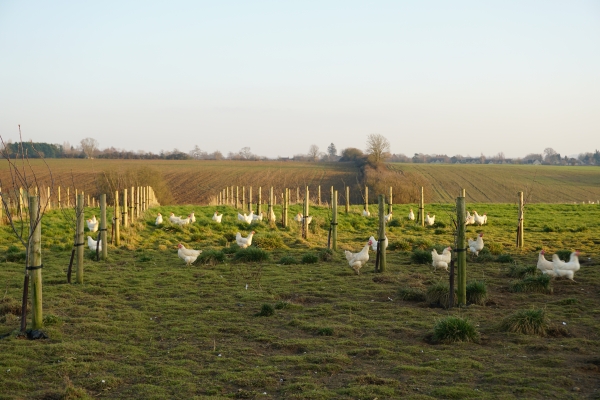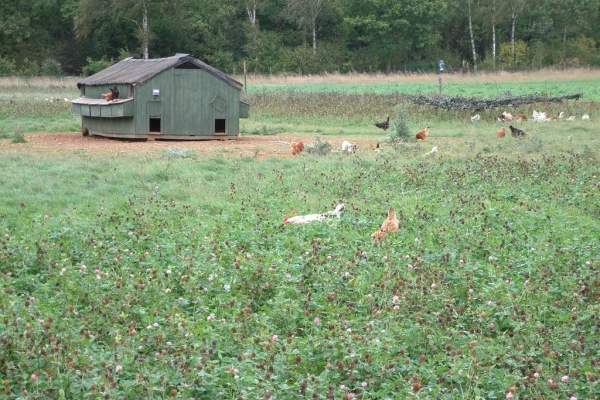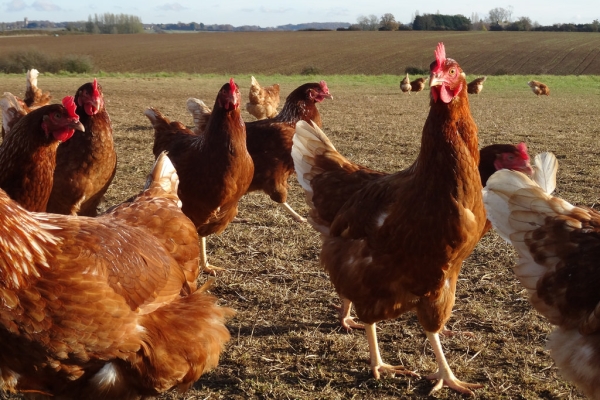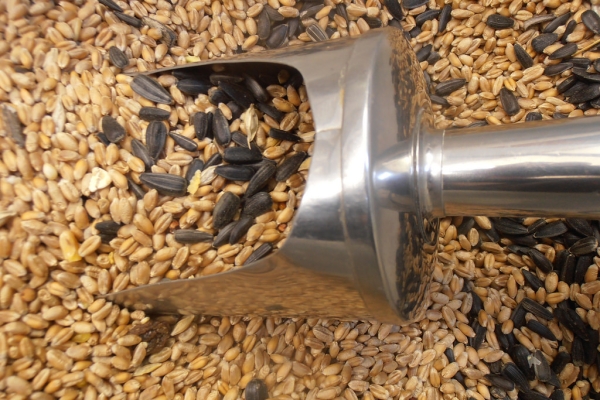Feeding insects for organic layers (OK-Net EcoFeed video & Practice Abstract)
Resource explained
Achieving organic and sustainable monogastric feeding strategies, meeting their protein and essential amino acid needs with locally sourced feedstuffs, is a big challenge. Insects offers alternatives to commonly used protein feed sources; live insects and larval meal can replace soya in feed rations as the amino acid profile of insects corresponds to the dietary needs. This video (produced by FiBLFilm) and accompanying practice abstract, which is based on the film, have been produced as part of the EU Horizon 2020-funded project OK-Net Ecofeed. They explore the benefits and practical considerations of feeding insects to layers and gives some recommendations based on feeding trials carried out by the Research Institute of Organic Agriculture FiBL – where laying hens were fed larval meal of the black soldier fly (Hermetia illucens) and live mealworms.
Findings & recommendations
- Processed insect protein legally belongs to the group of ‘animal proteins’ and is currently not permitted in livestock feed – however, this legislation does not apply to the feeding of live insects.
- Insect larvae can be used in two ways; for feeding as a feed component, when the larvae are killed by freezing and are dried, partially degreased and milled, and for feeding to enrich the environment – where insect larvae are fed live.
- In the larval meal trial, where proportions of soya were replaced with larval meal, the experimental groups of laying hens did not differ in terms of laying performance, feed consumption and animal health but an upper limit of larval meal was identified based on detrimental effects such as lower weight development.
- In the trial where hens were fed live mealworms, only the feed consumption per hen was significantly different. No behavioural disorders occurred, so the effect on feather pecking could not be determined. Based on the experimental experience, behavioural changes would be expected at higher doses of mealworm larvae or a more sophisticated feeding method.
Access the OK-Net EcoFeed Practice Abstract ‘Feeding insects for organic layers’ that links to this video here.







